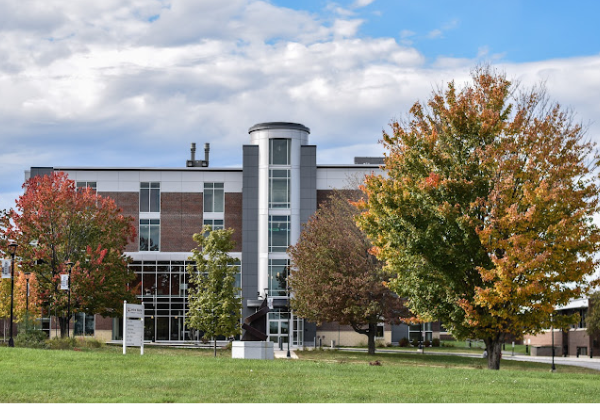AUBURN (Sun Journal) Central Maine Community College (CMCC) has seen a 26% increase in early fall enrollment this year, compared to last year. This is the largest enrollment growth of any community college in Maine.
CMCC officials attribute the increase to a number of factors, including:
- Program expansions: CMCC has added new programs and expanded others, such as psychology, HVAC and plumbing, business, criminal justice, and allied health.
- Smarter recruiting efforts: CMCC has been using technology to better track and communicate with prospective students.
- New athletic fields: CMCC added new athletic fields in 2019, which has made the college more attractive to students.
- More transfer agreements: CMCC has more than doubled the number of transfer agreements it has with four-year institutions.
- Free community college tuition: Maine offers free tuition to high school graduates and those who have received their high school diploma equivalency from 2020 to 2025.
CMCC is also taking steps to accommodate the growth, such as contracting with an off-campus residence to house students and expanding the hours of its Learning Commons.
The enrollment spike is a positive sign for CMCC and for Maine as a whole. Community colleges play an important role in developing the state’s workforce, and CMCC is leading the way in terms of enrollment growth.
Students Benefit from Free Tuition
Two students, Winnie Larochelle and Sage Fortin, are both benefiting from Maine’s free community college tuition program. Larochelle is studying criminal justice, and Fortin is studying nursing. Both students say that the free tuition program made it possible for them to attend CMCC.
Larochelle says that she would have had to figure out how to pay for schooling and how to finance attending the Maine Criminal Justice Academy, which Central Maine Community College also pays for, if not for the free tuition program.
Fortin says that leaving college with little to no debt will give her one less thing to worry about as she goes into the workforce after graduation.
CMCC Helping to Develop Maine’s Workforce
CMCC President Betsy Libby says that many of the trades and jobs seeing the biggest demand in Maine now are taught at community colleges. As a result, the schools are often developing the state’s workforce.
Libby says that half of CMCC’s programs require occupational learning experiences, such as field learning at a real job site. Students get credit for their time, and the fieldwork usually turns into permanent employment at those facilities.
Many of the students stay and work within the state, Libby says. “So, they’re getting their hands wet and they’re really already beginning to benefit the workforce while they’re a student here.”
Overall, the enrollment spike at CMCC is a good thing for the college, for the students, and for Maine as a whole. CMCC is helping to develop the state’s workforce by providing affordable and accessible education.





